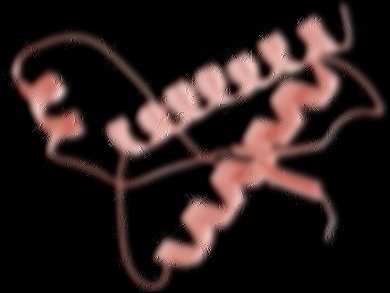Prions are infectious pathogens, primarily composed of the misfolded form of the protein PrP. Constrained steric interactions between PrPSc (abnormally folded form of the host-encoded prion protein PrPC) and PrPC are thought to provide prions with species specificity and to control cross-species transmission into other host populations, including humans.
Vincent Béringue, French National Institute for Agricultural Research, Jouy-en-Josas, France, and colleagues compared the ability of brain and lymphoid tissues from ovine and human PrP transgenic mice to replicate foreign, inefficiently transmitted prions. They found that prions don’t just replicate in the brain. They also affect lymphoid tissue, such as the spleen, tonsils, and appendix.
Prions jump species into lymphoid tissue much more easily than into brain tissue. This could mean that there are more people infected subclinically in lymphoid tissues such as the spleen, who may never develop the disease. These carriers could infect others, for example by blood transfusion, organ donation, or contaminated surgical instruments. Once passed human to human, the infection could in theory then affect the brain. Prion diseases such as bovine spongiform encephalopathy (BSE) and variant Creutzfeldt-Jakob disease (vCJD) are able to jump species much more easily than previously thought.
- Facilitated Cross-Species Transmission of Prions in Extraneural Tissue,
Vincent Béringue, Laëtitia Herzog, Emilie Jaumain, Fabienne Reine, Pierre Sibille, Annick Le Dur, Jean-Luc Vilotte, Hubert Laude,
Science 2012, 335 (6067), 472–475.
DOI: 10.1126/science.1215659




